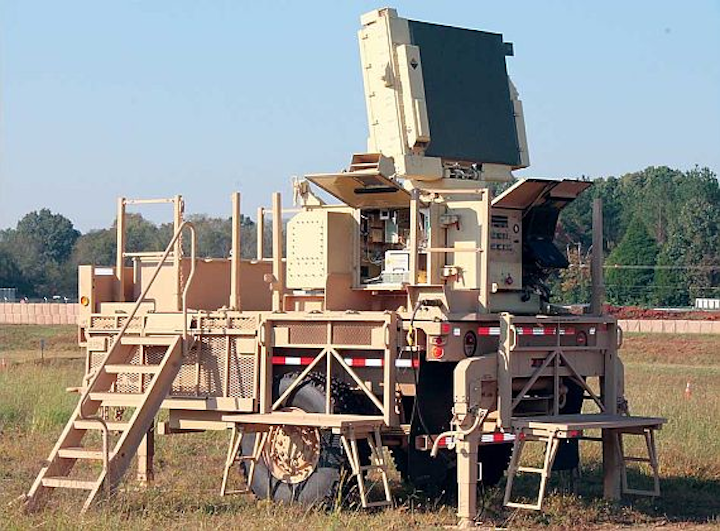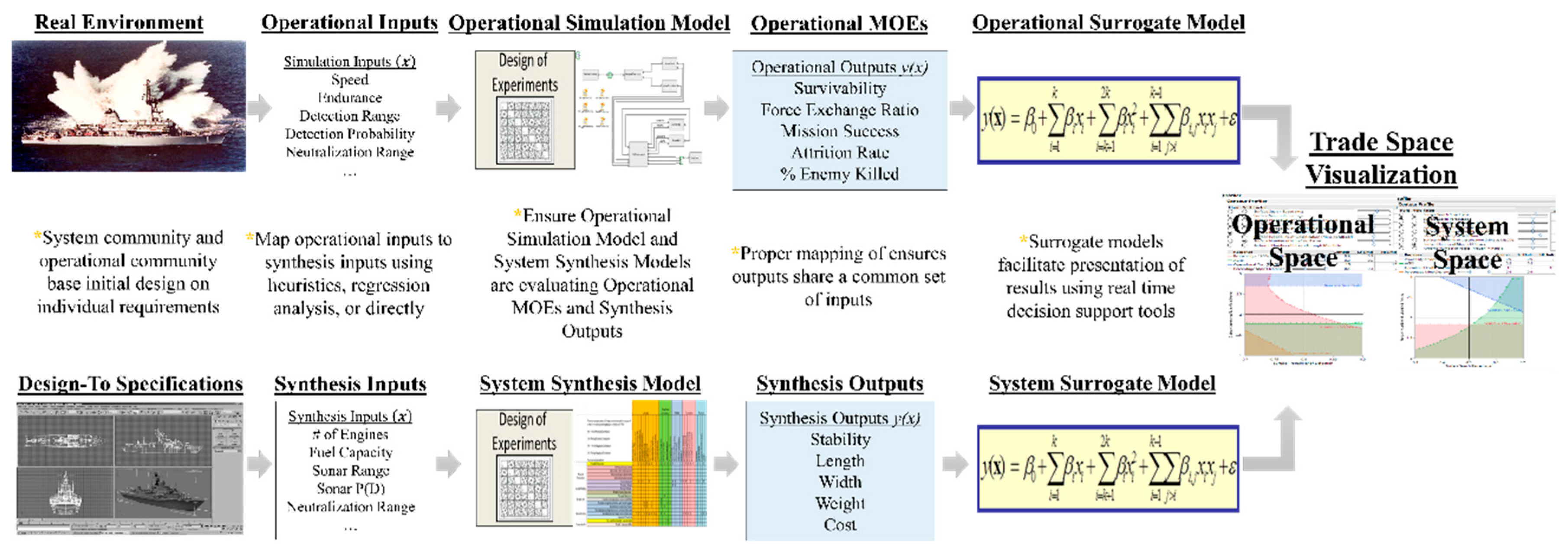Thales-Raytheon to build 50 AN/MPQ-64 Enhanced Sentinel A3 radar systems in $51.9 million deal
Thales-Raytheon to build 50 AN/MPQ-64 Enhanced Sentinel A3 radar systems in $51.9 million deal

Thales-Raytheon to build 50 AN/MPQ-64 Enhanced Sentinel A3 radar systems in $51.9 million deal
REDSTONE ARSENAL, Ala. – RF and microwave experts at Thales-Raytheon Systems Company LLC in Fullerton, Calif., will build 50 AN/MPQ-64 Enhanced Sentinel A3 radar systems under terms of a $51.9 million contract announced last week.
Officials of the U.S. Army Contracting Command at Redstone Arsenal, Ala., are asking Thales-Raytheon to provide these radars for persistent air surveillance and fire control to protect against unmanned aerial vehicles (UAVs), cruise missiles, fixed-wing aircraft, and helicopters.
Thales-Raytheon Systems is a 50-50 joint venture between Raytheon Co. and Thales Group. It is co-headquartered in Paris and Fullerton, Calif.
The Enhanced Sentinel radar uses an X-Band 360-degree phased array air-defense radar with a 46-mile range. It has electronic counter-counter-measure capabilities, a Mode 5 identification friend or foe subsystem, and non-cooperative target recognition capabilities to identify threat aircraft.
Sentinel, its generator, and command-and-control interface mount on a trailer that a M1082 truck can pull. The air-defense system interfaces with the Integrated Air and Missile Defense (IAMD) battle command system architecture, the Forward Area Air Defense Command and Control System (FAAD-C2I), and the National Capital Region Integrated Air Defense Command and Control System.
Sentinel also interfaces with the Counter-Rocket, Artillery, Mortar (C-RAM) Increment I system to protect friendly aircraft.
The Enhanced Sentinel radar has upgraded signal data processing to switch to active electronically scanned array (AESA) technology. It is the only 360-degree coverage air defense radar in the Army’s current inventory and features a 3 DX band phased array antenna.
The A3 radars are being produced by Thales Raytheon Systems (TRS) at the Raytheon Consolidated Manufacturing Center at Forest, Miss.
The Enhanced Sentinel radar has a modernized radar control terminal (RCT) with a Linux-based software operating system, an Ethernet router for integration with the IAMD architecture. This adds the identification friend or foe Mode V capability to prevent fratricide and replaces obsolete processor cards.
On this contract Thales-Raytheon will do the work in Fullerton, Calif., and will be finished by December 2022. For more information contact Thales-Raytheon Systems online at www.thalesraytheon.com.
Ready to make a purchase? Search the Military & Aerospace Electronics Buyer's Guide for companies, new products, press releases, and videos




